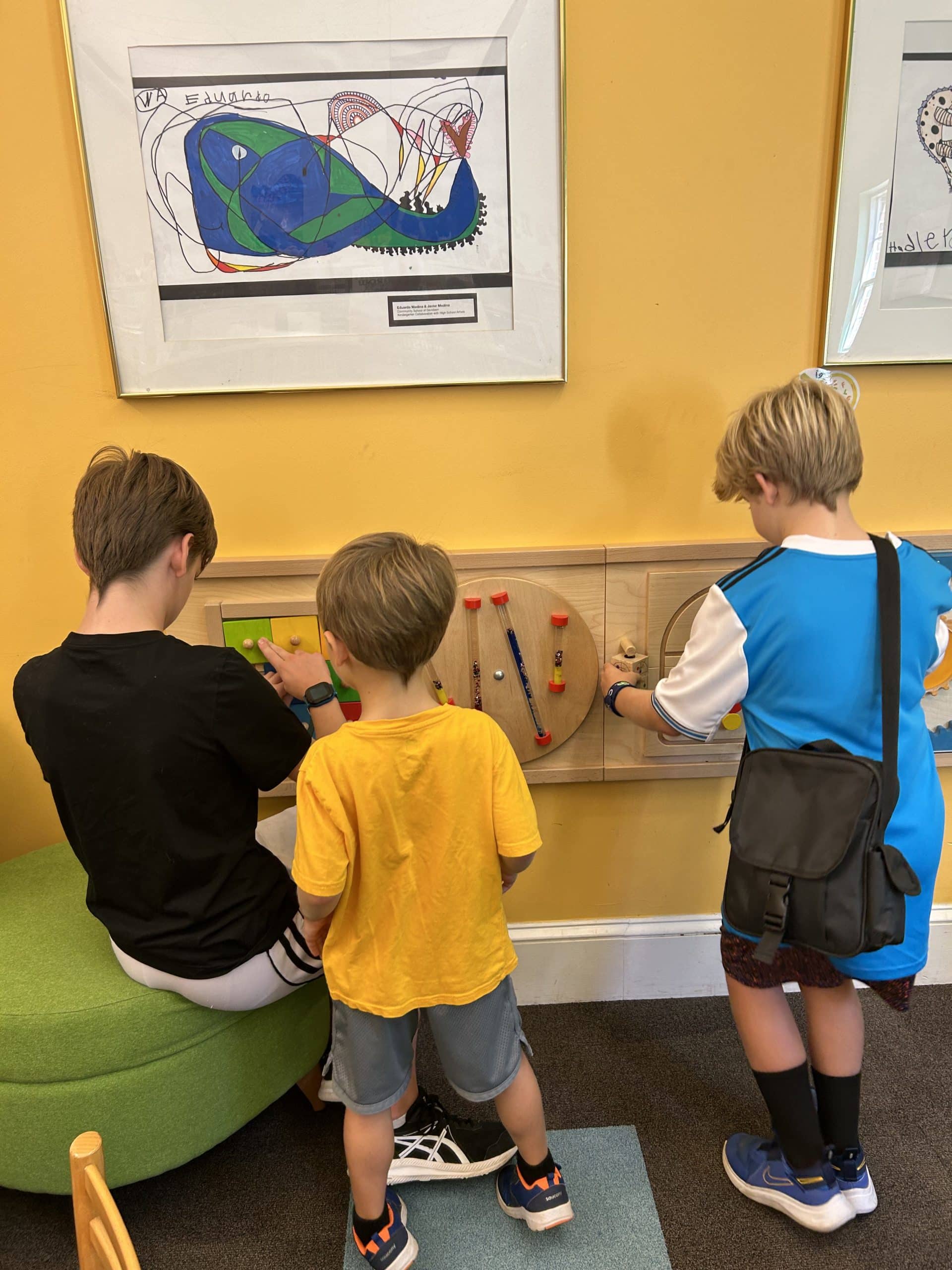Hybrid teaching comes with the existing pandemic. It is face-to-face in combination with remote teaching. Some students will attend class in a brick and mortar school and others will attend class remotely. Today’s hybrid teaching may be more in line with blended learning. They both have face-to-face instruction. However, hybrid and blended are different in many ways. Although, hybrid learning uses online resources to take the place of portions of instruction. Blended uses online to supplement face-to-face instruction.
Hybrid Advantages
Today, it’s about the health of the students and their families. With the hybrid model, every student receives the same information at the same time. Additionally, they all have a chance to participate in discussions and online activities. Teachers can talk to all students and ask questions. Plus, with the students that are face-to-face, they can individualize instruction.
Along with every student’s participation, it is difficult but important to build a community. Thus, with all students able to participate either remotely or in-class, a school community is built. Remotely, parents are also able to participate and stay in contact with the teacher.
With part in-person and part online, teachers can focus on each student’s needs. Therefore, students can focus on a project of their choice. Students can work on individualized topics at home. They are not constrained to classroom hours. Teachers can record lessons and post them for remote learners. Thus, it lets students view the video lesson at their own pace.
Part in Part
As teachers and administrators clammer to incorporate both types of learning, most are untrained. Everyone is learning on the go. Plus, there is no training or research available to provide help. All educators will step up to the challenge and do the best to provide academic content to all students. They do this regardless of the many parental complaints, or the teacher’s long hours. All everyone needs is a chance and let the learning happen.




